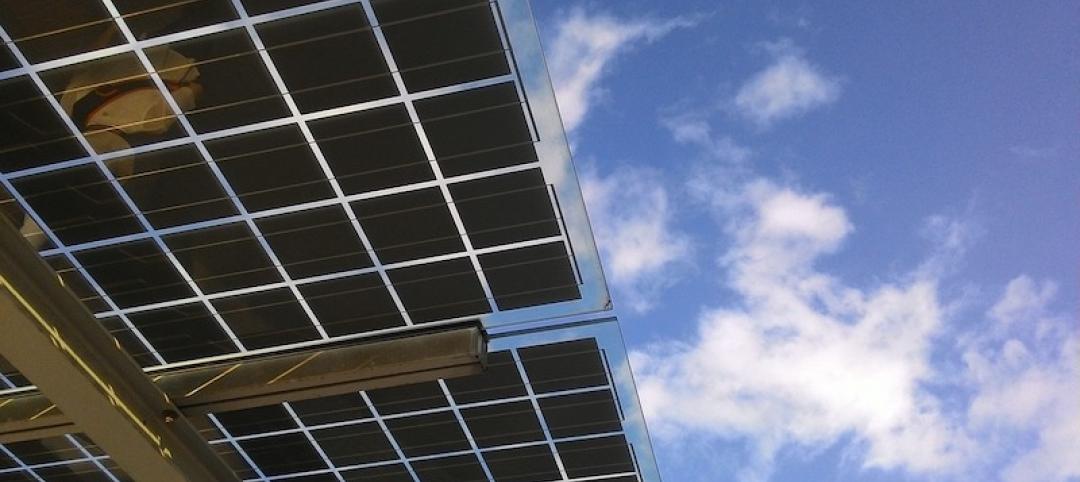Each year, billions of dollars in damage to building foundations and structures is caused by shrinking and swelling behavior caused by clay soil.
In fact, expansive clay soil is the most predominant geologic hazard across the U.S. Several geotechnical solutions can alleviate these problems. On new construction, the options are: removal and replacement, capping or burying the expansive material, and treatment with hydrated lime. Structural solutions in new construction include upgraded structural slabs (post-tension, waffle, mat) or elevated slabs supported on deep foundations.
For an existing structure, a forensic geotechnical study is needed to identify and quantify damages, assign causation, and make appropriate recommendations for remediation. Moisture control may be a suitable option for remediation and it is a design requirement for new construction.
In extreme cases, helical anchors and slab (mud) jacking or removal and reworking of soil below an existing structure is necessary. For paved surfaces, expansive clay soils can be remediated with thicker sections of asphalt, reinforced concrete pavements, and lime treatment.
Related Stories
Codes and Standards | Dec 18, 2019
Maryland lawmakers take on blocked sidewalks during construction projects
Legislation clarifies developers’ responsibilities.
Codes and Standards | Dec 18, 2019
New York City passes legislation to prevent bird strikes on buildings
Requires bird-safe materials on first 75 feet of a structure.
Codes and Standards | Dec 16, 2019
New Buildings Institute seeks entries for Zero Buildings Database
Listing illustrates feasibility of ultra low-energy buildings.
Codes and Standards | Dec 13, 2019
USGBC launches new tool to prioritize sustainability strategies
Highlights building design features that can lead to better performance.
Codes and Standards | Dec 12, 2019
Coalition calls for consistent building data disclosure regulations in Canada
Major real estate firms are driving the effort.
Codes and Standards | Dec 10, 2019
Utilities rolling out more grid-interactive efficient building programs
Focus is on energy savings and demand flexibility.
Codes and Standards | Dec 9, 2019
Canada’s Zero Carbon Building Standard reports first 10 certifications
Projects include new and existing offices, schools, and warehouses.
Codes and Standards | Dec 6, 2019
New research examines flood mitigation policies in the U.S.
Thirteen states or cities have adopted effective measures; some restricting development in vulnerable areas.
Codes and Standards | Dec 5, 2019
USGBC unveils vision for LEED Positive
Roadmap will lay foundation for a future LEED that is regenerative.
Codes and Standards | Dec 5, 2019
Report shows reducing embodied carbon can save money and help mitigate climate change
Embodied carbon now accounts for 11% of global greenhouse gas emissions.
















